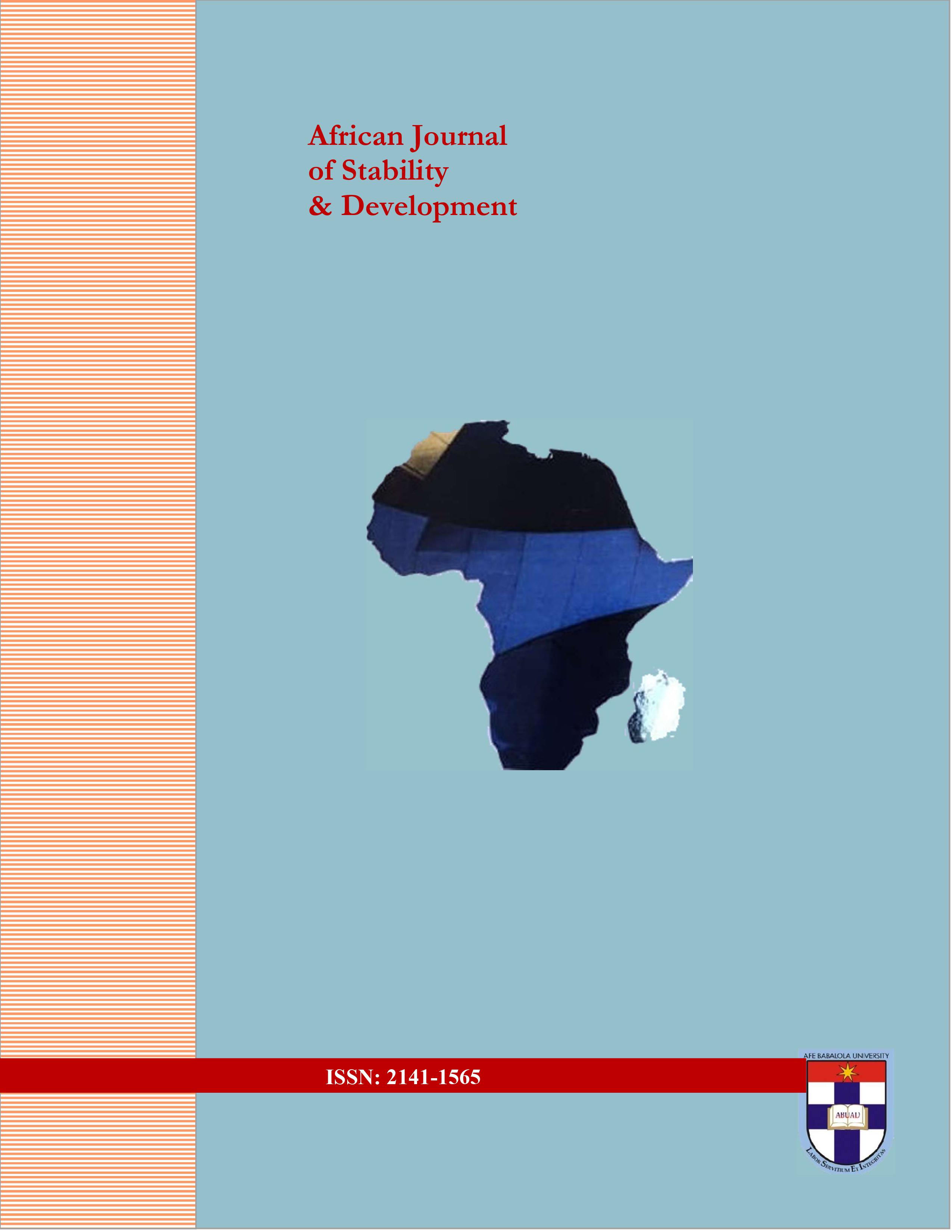Exploring the Relationship Between Effective Communication and Employee Participation at NIMASA
Main Article Content
Abstract
This study examined the relationship between effective communication and employee participation within the Nigerian Maritime Administration and Safety Agency (NIMASA). The background highlighted the significance of communication in fostering a participatory workplace culture, thereby addressing the problem of insufficient employee engagement in public organisations. The research was framed within the context of Social Exchange Theory and Organisational Communication Theory, which underscored the importance of clear communication and its impact on employee involvement. Employing a qualitative research design, the study utilised secondary data, interviews, and focus group discussions to gather rich insights from employees across various departments at NIMASA. The findings revealed that clear and open communication channels significantly enhanced employee engagement, job satisfaction, and overall organisational performance. Employees reported feeling more valued and involved when communication was effective, which led to a greater willingness to participate in decision-making processes. The study concluded that effective communication is essential in promoting employee participation and fostering a participatory workplace culture. By addressing barriers to communication, such as unclear messaging and insufficient feedback mechanisms, NIMASA could cultivate an environment that encourages transparency and inclusivity. These findings emphasised the necessity of prioritising communication strategies to enhance employee participation, contributing to the overall success of NIMASA and the broader maritime industry. The research provided actionable recommendations for improving communication and enhancing employee participation, which could serve as a foundation for future studies in similar contexts.
Downloads
Article Details

This work is licensed under a Creative Commons Attribution-NonCommercial-ShareAlike 4.0 International License.
Authors hold the copyright of all published articles except otherwise stated.
References
Bach, S., & Smith, A. (2018). The role of communication in employee engagement: A review of literature. Journal of Business Communication, 55(4), 456-473.
Bakker, A. B., & Demerouti, E. (2007). The job demands-resources model: Challenges for employee engagement. In E. S. Kahn (Ed.), Employee engagement: A special issue of the journal of organisational behaviour (pp. 17-31). Wiley.
Buchanan, D. A., & Huczynski, A. (2019). Organisational behaviour (10th ed.). Pearson.
Clampitt, P. G., & Downs, C. W. (1993). Employee perception of the relationship between communication and performance in organisations. Journal of Business Communication, 30(1), 5-24.
Goleman, D. (2011). The brain and emotional intelligence: New insights. More Than Sound.
Grunig, J. E., & Grunig, L. A. (2001). Getting organisations to listen: A public relations model for organisations. In R. L. Heath (Ed.), Handbook of public relations (pp. 251-267). Sage Publications.
Harrison, D. A., & Klein, K. J. (2007). What's the difference? Diversity constructs as separation, variety, or disparity in organisations. Academy of Management Review, 32(4), 1199-1228.
Jones, P., Smith, A., & Thompson, L. (2021). The impact of communication on employee engagement and performance. Journal of Organisational Dynamics, 38(2), 113-128. https://doi.org/10.1016/j.jorgdyn.2021.03.001.
Korkmaz, M. (2019). The effects of organisational communication on employee motivation and engagement in public organisations. Journal of Public Administration Research and Theory, 29(3), 563-575.
Markos, T., & Gossaye, T. (2021). The effect of internal communication on employee engagement: Empirical evidence from commercial Bank of Ethiopia. Journal of Business Communication, 58(4), 789-808. https://doi.org/10.1177/00219436211021710.
Men, L. R. (2014). The effects of organisational communication on employee engagement: A meta-analysis. Journal of Communication Management, 18(1), 92-106.
NIMASA. (2021). About NIMASA. Nigerian Maritime Administration and Safety Agency.
Retrieved from http://www.nimasa.gov.ng.
Robinson, S. P., & Judge, T. A. (2017). Organisational behaviour (18th ed.). Pearson.
Woods, P. (2015). Effective communication: A guide for the healthcare professional. Sage Publications.




